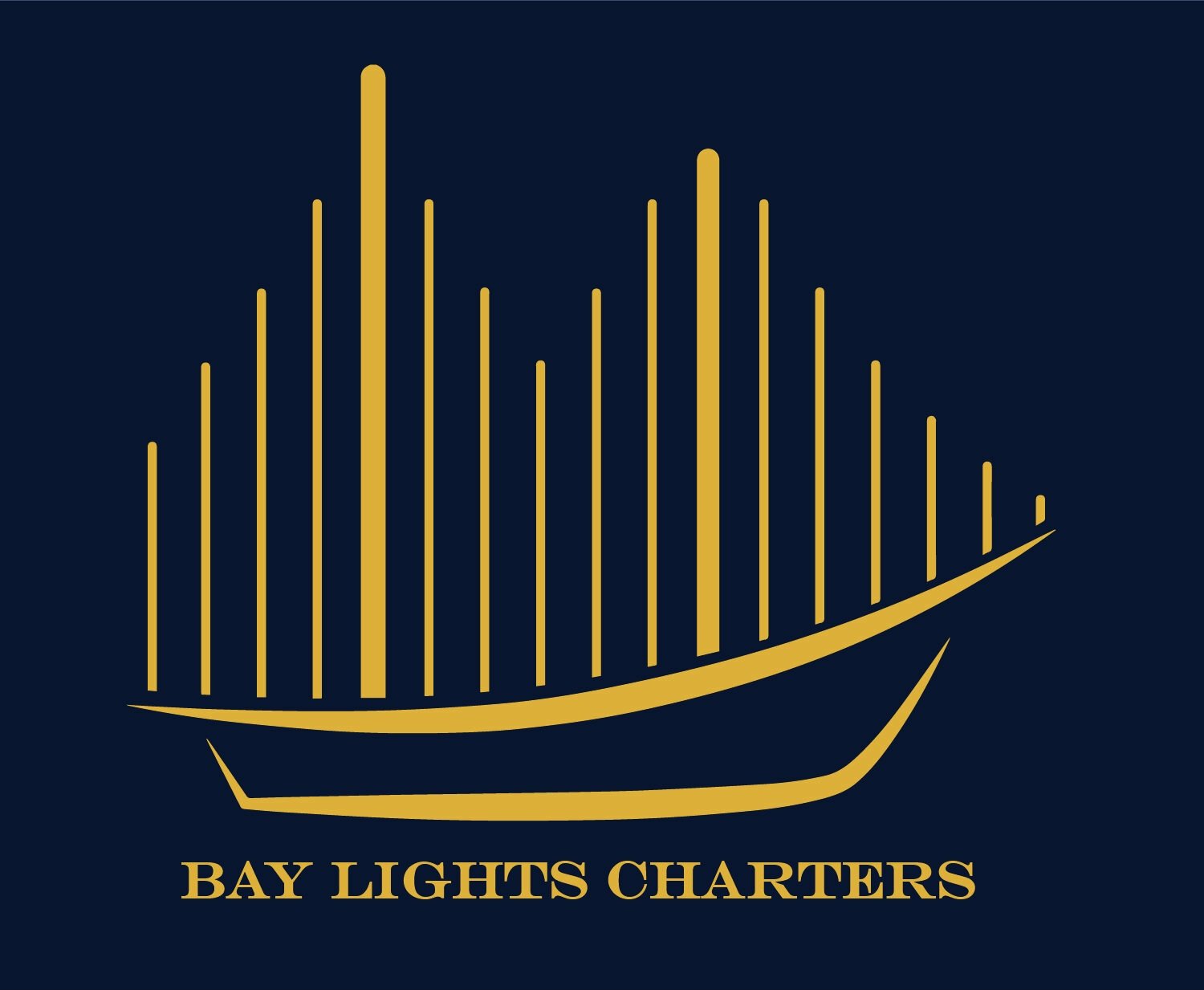8 INTERESTING FACTS ABOUT THE GOLDEN GATE BRIDGE IN SAN FRANCISCO
8 INTERESTING FACTS ABOUT THE GOLDEN GATE BRIDGE IN SAN FRANCISCO
Nov 26, 2018 10:00:00 AM
Many cities around the world can be identified in one classic snapshot—one image that not only immediately identifies the location but also personifies the city itself. New York City has the Statue of Liberty, Sydney has the Opera House, and Rome has The Colosseum. In San Francisco, there is nothing more iconic than the enduring image of the Golden Gate Bridge. Set against the backdrop of the San Francisco Bay and the Pacific Ocean, this stunning suspension bridge is one of the most picturesque locations in the world. Here a few interesting facts about this architectural marvel.
Related Blog: Top 5 Activities on the Water in San Francisco
It's Named After a Waterway
Though it is often assumed that the Golden Gate Bridge was named for its vibrant color, it is actually named for the waterway over which it spans. Though probably seen originally by the famed explorer Sir Francis Drake in 1579, it is believed that its European discovery was made by Francisco de Ortega in 1969. It was eventually named Golden Gate in 1846 by U.S. Army Captain John C. Fremont who, after eyeing the narrow waterway, declared, "it is a golden gate to trade with the Orient."
The Original Design Was Not Approved
First proposed in 1872 by railroad executive Charles Crocker, the idea for the Golden Gate Bridge was met with a lot of disapproval. Many believed that the idea of a bridge covering that expanse, as well as factoring in the tumultuous weather, was not a sound one. It took several decades for the idea to finally come to fruition when Engineer Joseph B. Strauss submitted his plan to construct a symmetrical cantilever-suspension design in 1920. This plan was met with opposition as well when the project was deemed "ugly". A traditional suspension bridge was finally approved after the backlash of the original design.
The Project Had Funding Issues
Strauss's original estimate for the bridge was between $17 and $27 million. After revising the plans, however, that number continued to rise. Even in its final iteration, there were continual stumbling blocks with the main one being funding. There were very few funds available from either state or federal sources but in the end, the $35 million was raised by the sale of bonds by the Golden Gate Bridge and Highway District. Many San Francisco residents even ended up using their own homes and businesses as collateral for the project.
The U.S. Government Opposed the Bridge
When it was originally proposed, the U.S. War Department objected to the Golden Gate bridge being built. Concerned that ships from the United States Navy could be "sitting ducks" in the San Francisco Bay, they fought against its construction. After many rounds of discussion over fears of how a natural disaster or an enemy bombing would affect it, the U.S. Government finally gave its approval.
It's Considered a Modern Architectural Wonder
A suspension bridge is only as strong as the cables used to build it. The Golden Gate Bridge follows the conventional architecture of a suspension bridge, using cables that are strung horizontally between the two anchorages on either side of the bridge. In addition, there are numerous suspender cables that attach the primary cables to the roadway. This intricate design is truly an architectural masterpiece and has been called one of the "Seven Wonders of the Modern World" by the American Society of Civil Engineers.
It is One of the Longest Suspension Bridges in the U.S.
Up until 1964, the Golden Gate Bridge was considered to be the longest existing suspension bridge. In 1964, however, engineer Othmar Ammann obtained that title for the Verrazano Narrows Suspension Bridge when it was completed in New York City. Today, the Golden Gate is still the second longest in the United States and the 14th longest in the world.
Choosing the Color Was Not Easy
The majestic color of the Golden Gate Bridge has often been a misnomer when it comes to the name of the bridge. Though not named for its color, the term golden does describe the hue, International Orange. Chosen by consulting architect, Irving Morrow, this color has endured over the years. The U.S. Navy wanted it painted in black and yellow stripes to compensate for visibility issues. In the end, Morrow's color was approved as it worked with the natural surroundings found in San Francisco Bay.
Hollywood Loves the Golden Gate Bridge
The Golden Gate Bridge has been one of Hollywood's favorite supporting actors since its completion and has been seen in numerous movies since that time. Many directors have used this iconic landmark to serve as its backdrop including films such as Alfred Hitchcock's The Birds in 1963, the blockbuster The Rock in 1996 and one of Robin Williams' most famous films, Mrs. Doubtfire, in 1993.
Bay Lights Charters calls the beautiful San Francisco Bay its home and can make seeing iconic landmarks like the Golden Gate Bridge a reality when you book a charter boat event with us. We invite you to contact us for more information.

